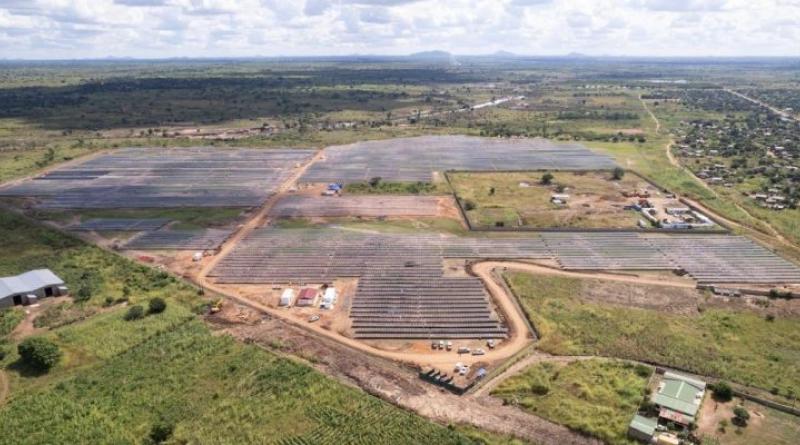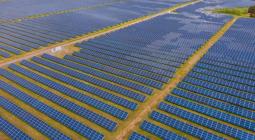MOZAMBIQUE: equipped with a means of storage, the Cuamba solar park comes into service

The Mozambican authorities recently participated in the inauguration of the Cuamba photovoltaic solar park. Equipped with a battery storage system, the installation is the result of a public-private partnership (PPP) between the state of Mozambique and the British company Globeleq.
The President of the Republic of Mozambique Filipe Nyusi visited the province of Niassa a few days ago for the inauguration of the Cuamba photovoltaic solar power plant. Globeleq has successfully completed the construction of its solar park located in the town of Tetereane. The solar park, which has a capacity of 19 MWp, is equipped with a 7 MWh storage system.
According to Globeleq, its power plant is capable of powering 21,800 Mozambican homes while avoiding emissions of 172,000 tonnes of carbon dioxide (CO 2 ) equivalent. The park is thus put into service in a heavily agricultural region. Cuamba produces cotton, sesame, tobacco and especially mapira, a sorghum-type cereal, widely consumed in Mozambique.
In his speech at the inauguration ceremony of the Cuamba Solar Photovoltaic Plant, President Filipe Nyusi “advised the population to increase the productive use of energy with emphasis on production and generation of income. I also asked that the agro-industrial potential of Cuamba be promoted as the center of the economy of the province of Niassa, exploiting production throughout its territorial extension .
The solar park is thus the result of a partnership between the independent power producer (IPP) Globeleq, Source Energia, an energy producer in Portuguese-speaking Africa and Electricidade de Moçambique (EDM), the national electricity company of Mozambique .
The construction of the Cuamba photovoltaic solar power plant and its storage system required an investment of $36 million. The project partners mobilized the necessary financing from the Emerging Africa Infrastructure Fund (EAIF, $19 million) of the Private Infrastructure Development Group (PIDG). For its part, Viability Gap Funding (VGF), the PIDG subsidy mechanism, provided $7 million to enable the establishment of an “affordable” electricity purchase tariff.






